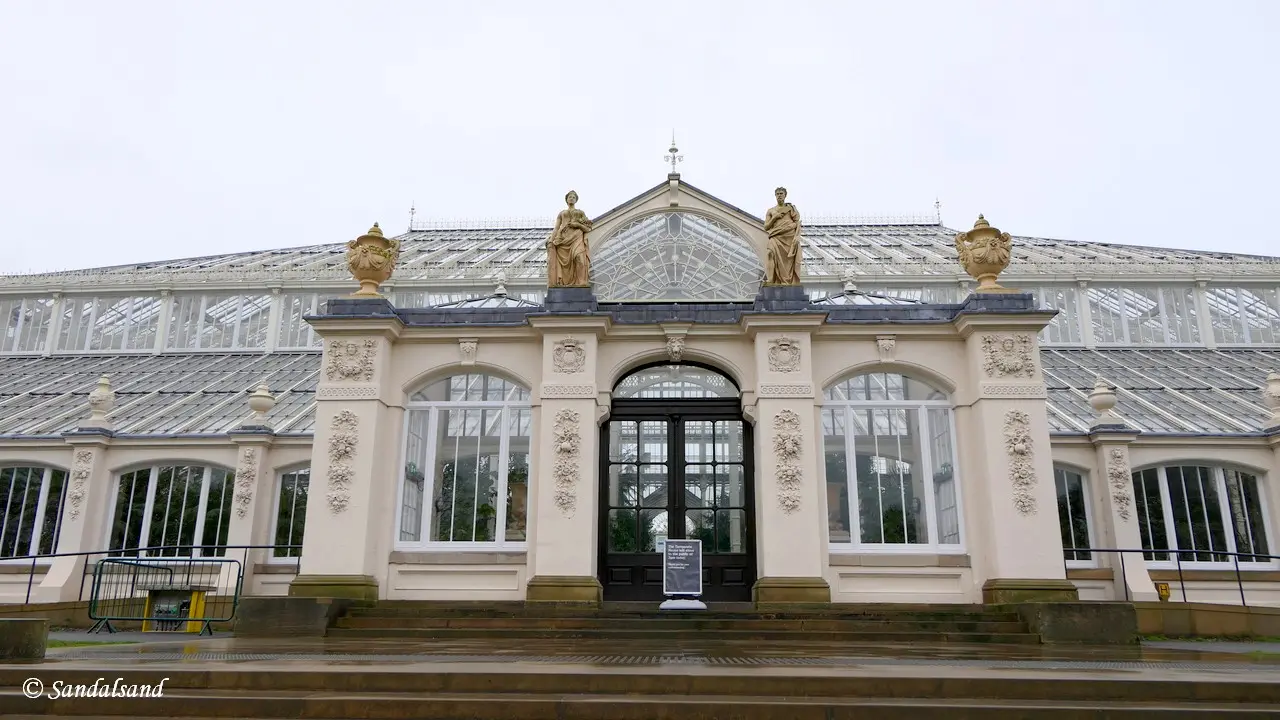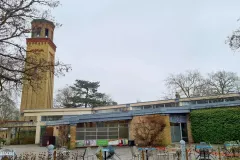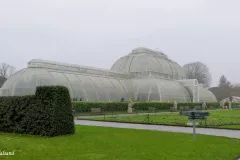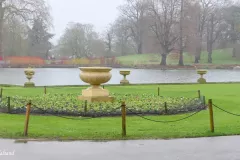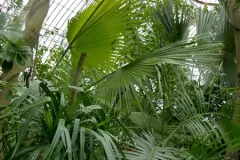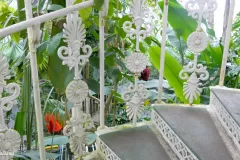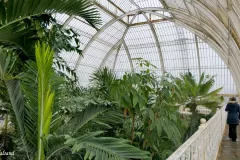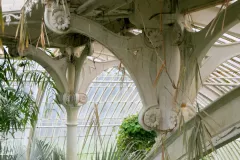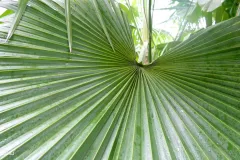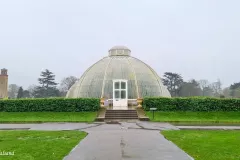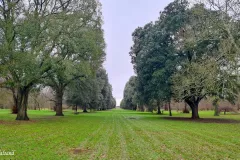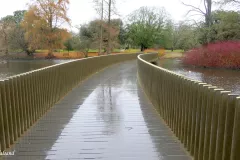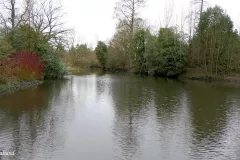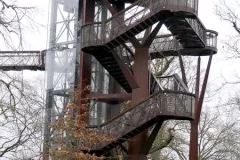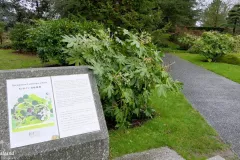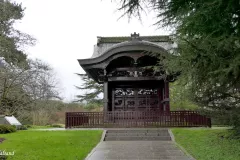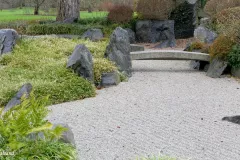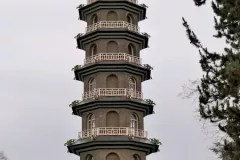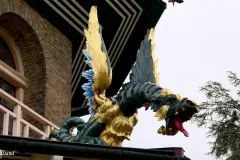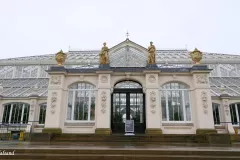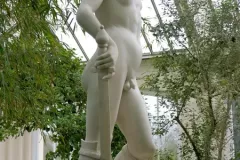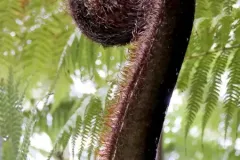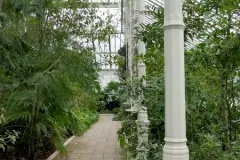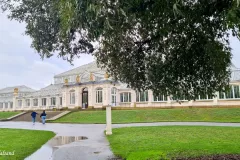Kew Gardens, or more precisely Royal Botanic Gardens, Kew won its place on the World Heritage List in 2003.
The UNESCO World Heritage List includes over a thousand properties. They have outstanding universal value and are all part of the world’s cultural and natural heritage.
Official facts
- Full name of site: Royal Botanic Gardens, Kew
- Country: United Kingdom
- Date of Inscription: 2003
- Category: Cultural
UNESCO’s World Heritage Centre’s short description of site no. 1084:
This historic landscape garden features elements that illustrate significant periods of the art of gardens from the 18th to the 20th centuries. The gardens house botanic collections (conserved plants, living plants and documents) that have been considerably enriched through the centuries. Since their creation in 1759, the gardens have made a significant and uninterrupted contribution to the study of plant diversity and economic botany.
A bit more about Kew Gardens
We find Kew Gardens in the London suburb of Richmond, where it was formally established as early as 1759. The ambition was to create a garden that would “contain all the plants known on Earth”. They may never reach this goal, but the garden contains over 50,000 species. It is home to native and exotic plants, trees and flowers.
It started out with medicinal plants, but eventually grew into a large park with both scientific and economic purposes. Today, it is a world-leading scientific organisation occupying an area of about 120 hectares.
My visit
Sandalsand came here in January, a time of year that is not the best to enjoy botanical life and colours. Still, one should never underestimate the joy of a walk in a park. The trees are tall, the grass is green, the paths are easy to walk and the lake is picturesque. In addition, there are several buildings worthy of a visit, even in winter.
I first had a look into the Palm House. Like the name indicates, it is even in winter quite hot and humid. They built this greenhouse between 1844 and 1848, and it is even possible to walk up a spiral staircase to take in the view from above.
Second, I walked over to the lake and was greeted by a squirrel which stopped at my feet. It looked up on me and was clearly ready to be fed. It was not successful so it continued across the path to look for food elsewhere. Next, there is a construction they call the Treetop walkway. One might here climb up the stairs and enjoy the view 18 metres above the ground.
Also, nearby one may enjoy a Japanese garden and the Great Pagoda. The latter is one of the oldest buildings in Kew Gardens (1782) and stands 50 metres tall.
When I visited the gardens there was also another greenhouse open to the public. The Temperate House stood finished in 1899 after a construction period of several decades. Once this was the largest glasshouse in the world.
There is a lot more to discover in the park, and as indicated by the pictured map below, my walk did not include all.
